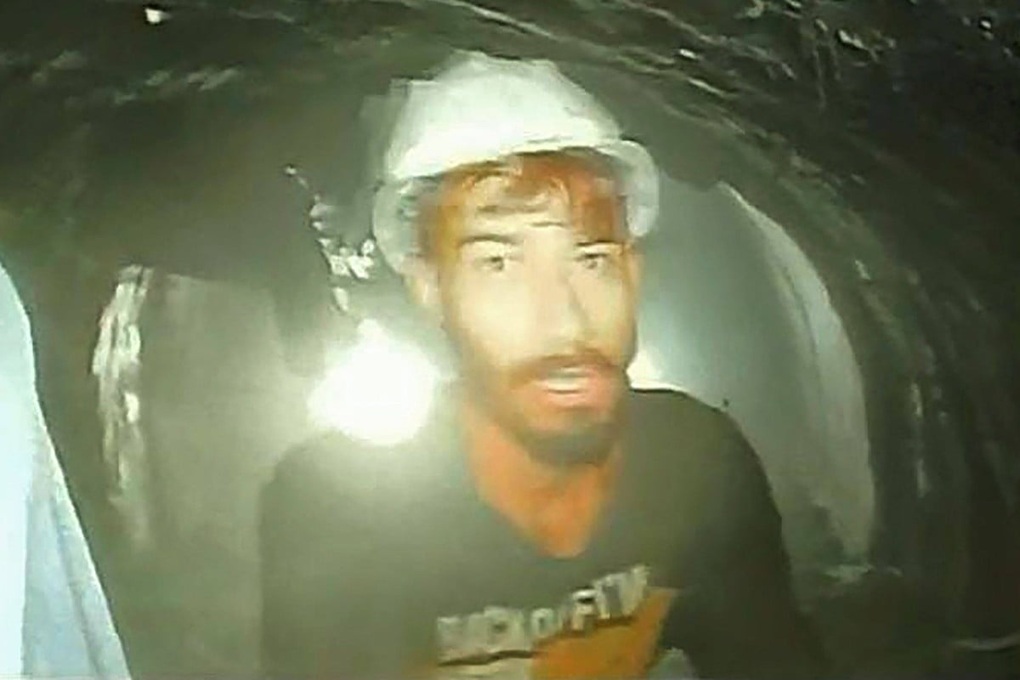
A trapped worker appears in the video (Photo: Reuters).
The first images that emerged on November 21 of 41 people trapped for nine days in a highway tunnel in the Indian Himalayas showed them standing in a confined space and communicating with rescuers.
The men have been trapped in the 4.5km tunnel in Uttarakhand state since it collapsed on November 12. They are safe and have access to light, oxygen, food, water and medicine, authorities said.
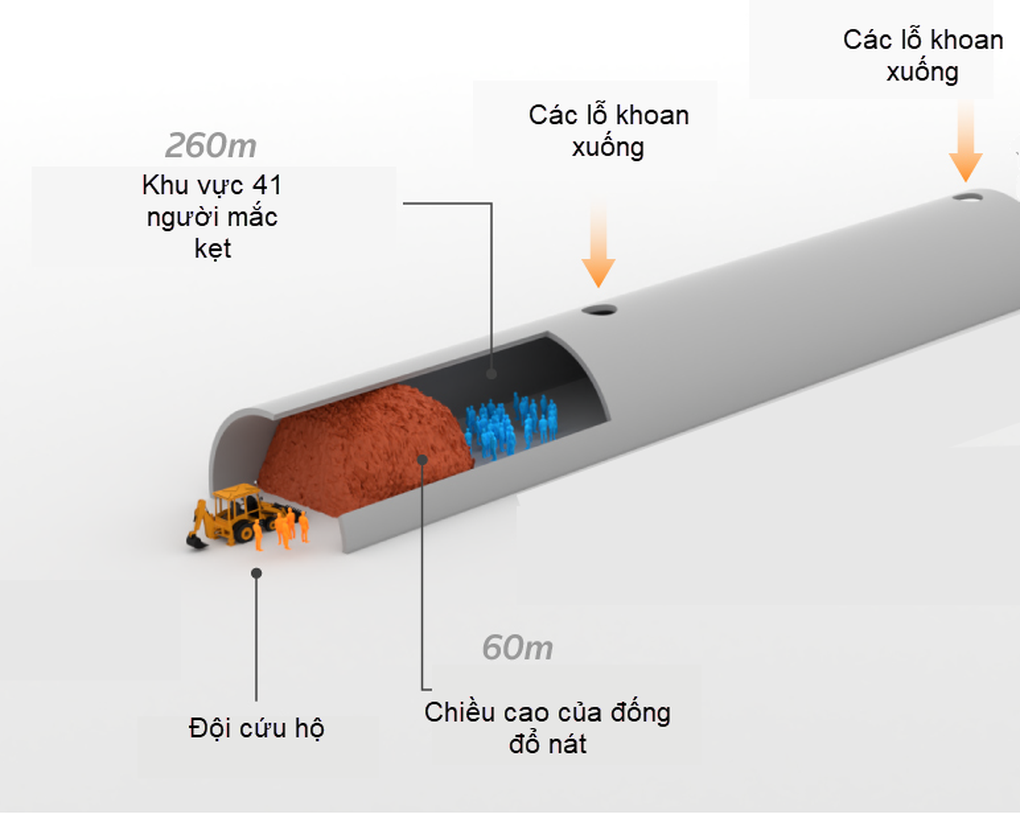
The situation of a group of 41 people trapped in the tunnel (Graphic: Reuters).
Authorities have not yet announced the cause of the collapse, but the area is prone to landslides, earthquakes and floods. Efforts to extract the 41 people have been delayed by difficulties drilling through the mountainous terrain.
In the first images since the incident, the workers were still wearing helmets and protective clothing. They communicated with the outside via walkie-talkies piped in through a tube.
Their images were captured using a medical endoscope camera pushed through a 15-centimeter (6-inch) diameter tube that was inserted through a hole drilled by rescuers earlier this week.
Rescuers are expected to continue drilling horizontally through the 60m-high debris pile today to push in a pipe large enough for those trapped to crawl out.
Over the weekend, India halted horizontal drilling after a piece of equipment malfunctioned, raising concerns that another collapse could occur. Authorities have studied five other rescue options, including drilling vertically down from the top of the mountain.
Abhishek Sharma, a psychiatrist sent to the scene by the state government, said he asked the 41 men to walk in the area where they were trapped, do light yoga exercises and talk to each other regularly.
“Sleep is very important to them… and so far they are sleeping well and have not had any difficulty sleeping,” Sharma said, adding that the men are in good spirits and want to get out soon.
Another doctor at the scene, Prem Pokhriyal, said the men had been told to avoid strenuous exercise as it could increase the build-up of carbon dioxide in the confined space due to their forceful exhalation.
Those trapped were low-paid construction workers, mostly from poor states in eastern and northern India.
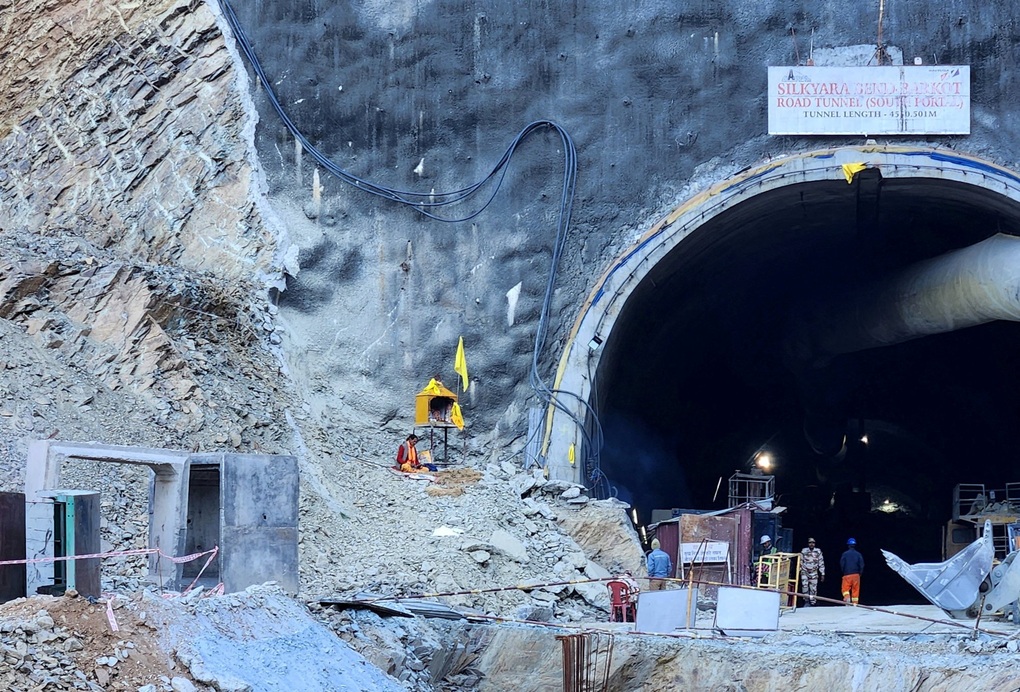
Tunnel entrance area, where rescue teams are still on duty (Photo: Reuters).
Source






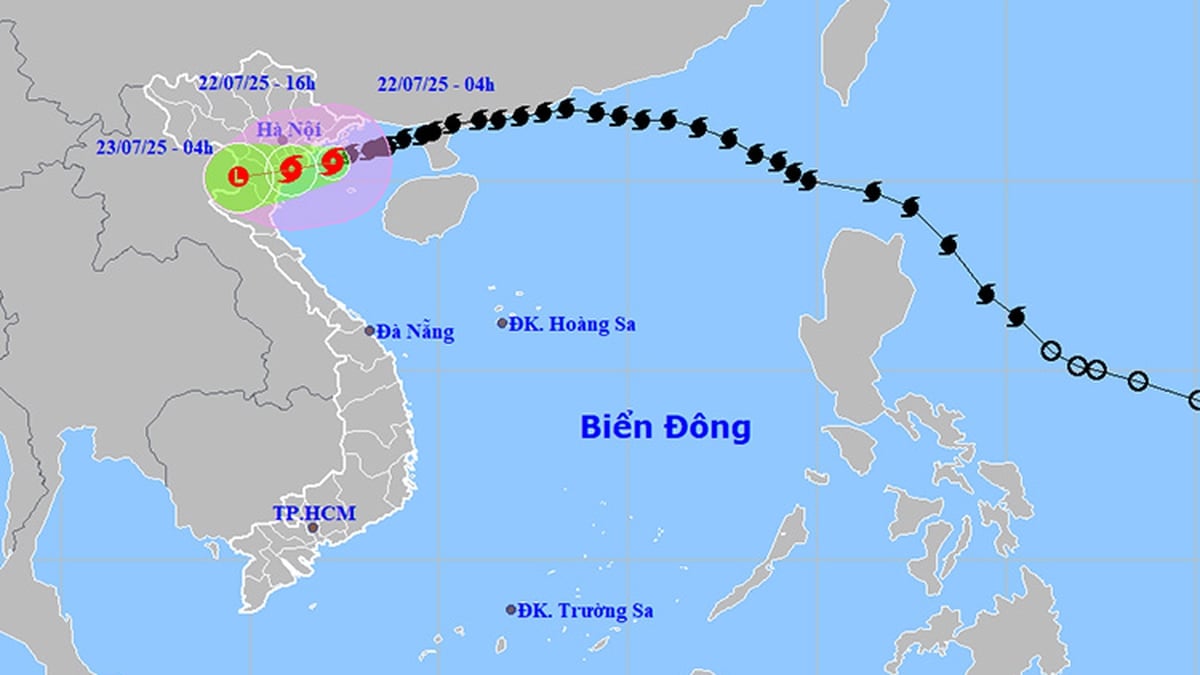

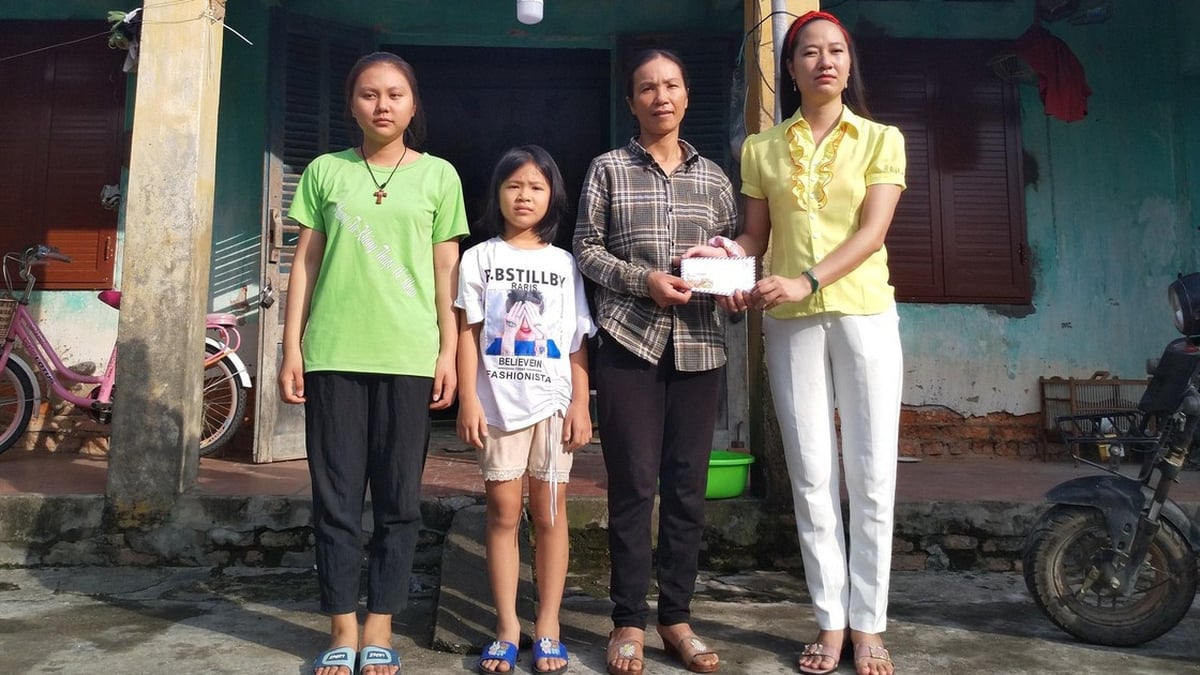


















![[Photo] National Assembly Chairman Tran Thanh Man visits Vietnamese Heroic Mother Ta Thi Tran](https://vphoto.vietnam.vn/thumb/1200x675/vietnam/resource/IMAGE/2025/7/20/765c0bd057dd44ad83ab89fe0255b783)


















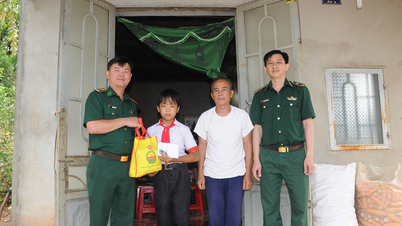



















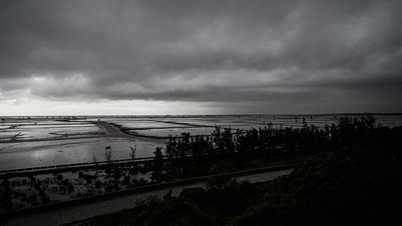

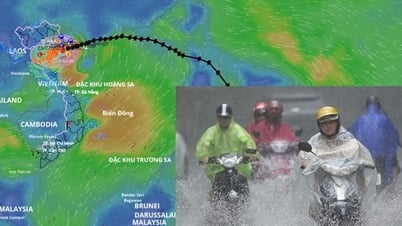

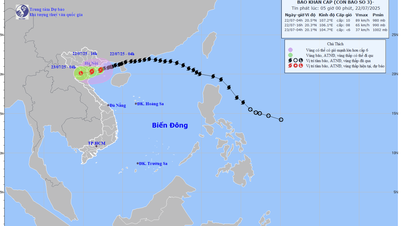

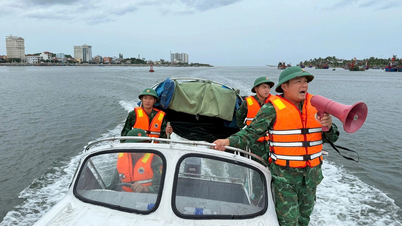

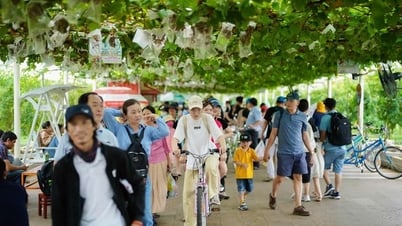

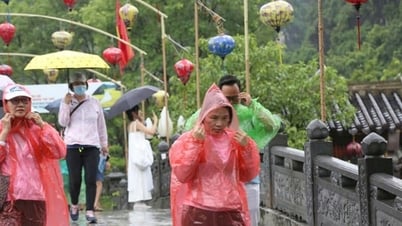
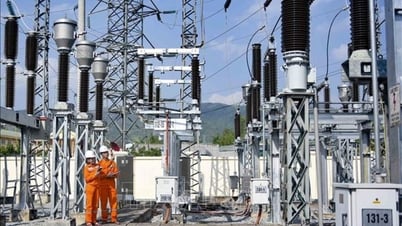

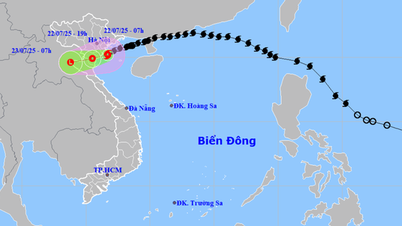

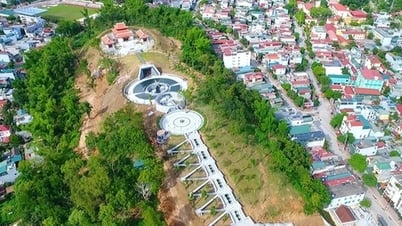





















Comment (0)